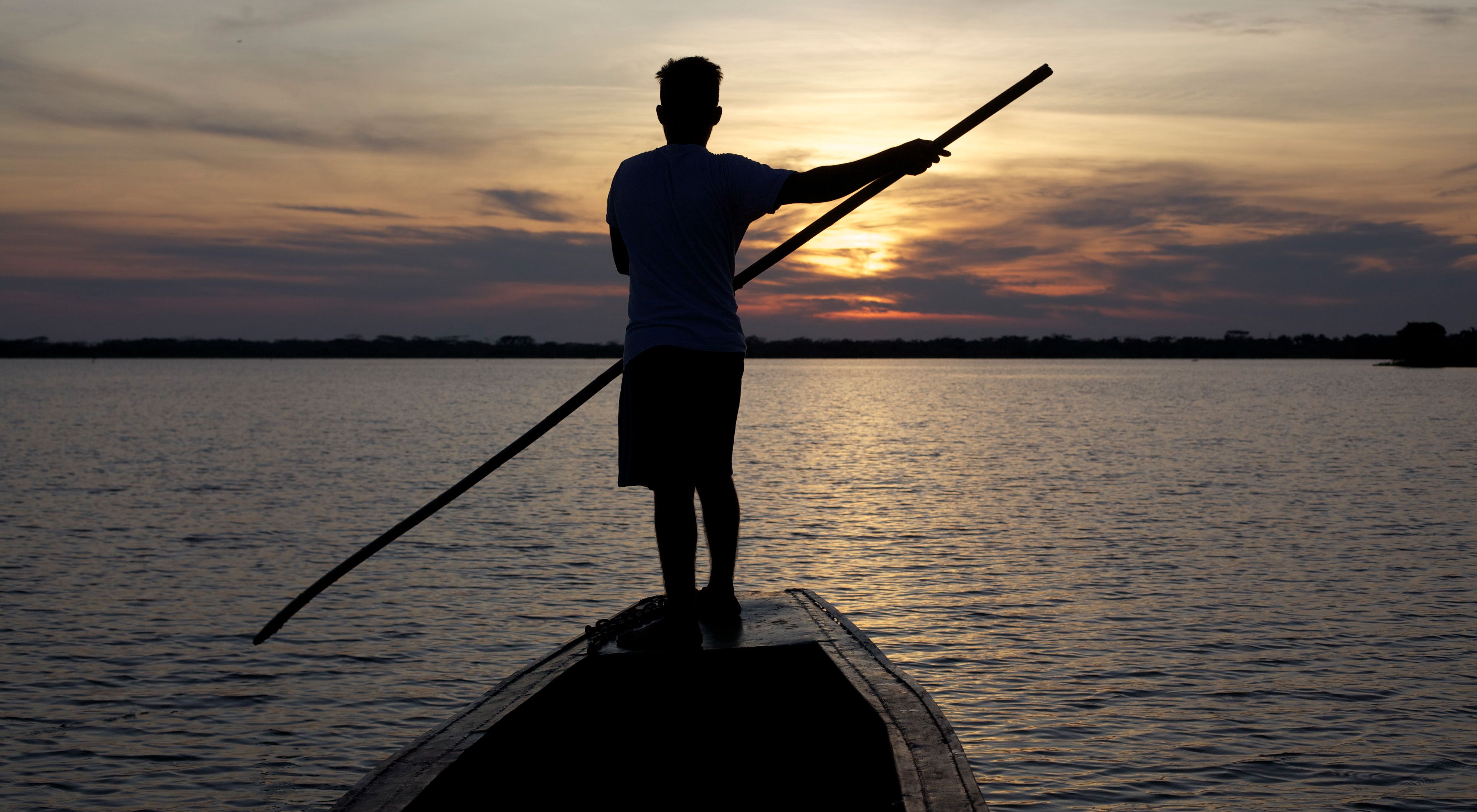Magdalena River Basin
Past, present and future of Colombia. Follow us then in these six video and blog series, and keep track of the river’s pulse.
With the third largest economy in South America and a growing population, Colombia is working to chart a path toward greater peace and prosperity for its people, more than a third of whom live below the poverty line. Colombia’s rich natural resources are helping to drive its expanding economy, by using infrastructure and mining and energy production as a vital “locomotive of development.”
Helping to engineer the locomotive is the Magdalena River Basin — the social, environmental and economic heart of Colombia. Home to 80% of the nation’s 48 million inhabitants, the river’s basin produces 86% of the nation’s GDP and generates 75% of the country’s agricultural production. The basin accounts for 70% of the country’s hydroelectric energy and 90% of its thermo-electric power. It also provides drinking water for 38 million people. Beyond its natural and economic importance, the Magdalena is the cultural heart of Colombia, woven into its history and culture.
This rapid growth, however, threatens the environmental health of the basin — one of the most biologically diverse regions on Earth. Most notably, poorly planned hydropower development could have high ecological and social costs, disturbing the natural river flows that underpin the health of wildlife and people. The majority of the nation’s new dams are slated for the Magdalena, with 42 major dams proposed and 20 waiting to be licensed.

Further complicating progress, multiple agencies have jurisdiction over the Magdalena basin — including 734 municipalities in 13 states (with each state responsible for producing its own sub-basin plan) and at least 13 federal agencies influencing basin development decisions.
Industry, government and community leaders have lacked the data, information and tools needed to plan for the river’s health while meeting the growing needs of Colombia’s people.
Taking Action
The Government of Colombia and the Conservancy have embarked on a multi-year, multi-purpose planning effort in the Magdalena Basin to promote its Integrated River Basin Management. Holistic, interdisciplinary, and science-based, the integrated river basin approach brings together stakeholders to solve the land-and water-use dilemmas facing great rivers, from pollution, flooding and climate change to water scarcity and declining fisheries. Through careful analysis, collaboration and demonstration projects, we are working with partners to form and follow through on a development plan that recognizes the linkages between economy, human-wellbeing and conservation.
- Conservation Areas
- Floodplains Management
- Hydric Resource Management
- Sustainable Ranching
